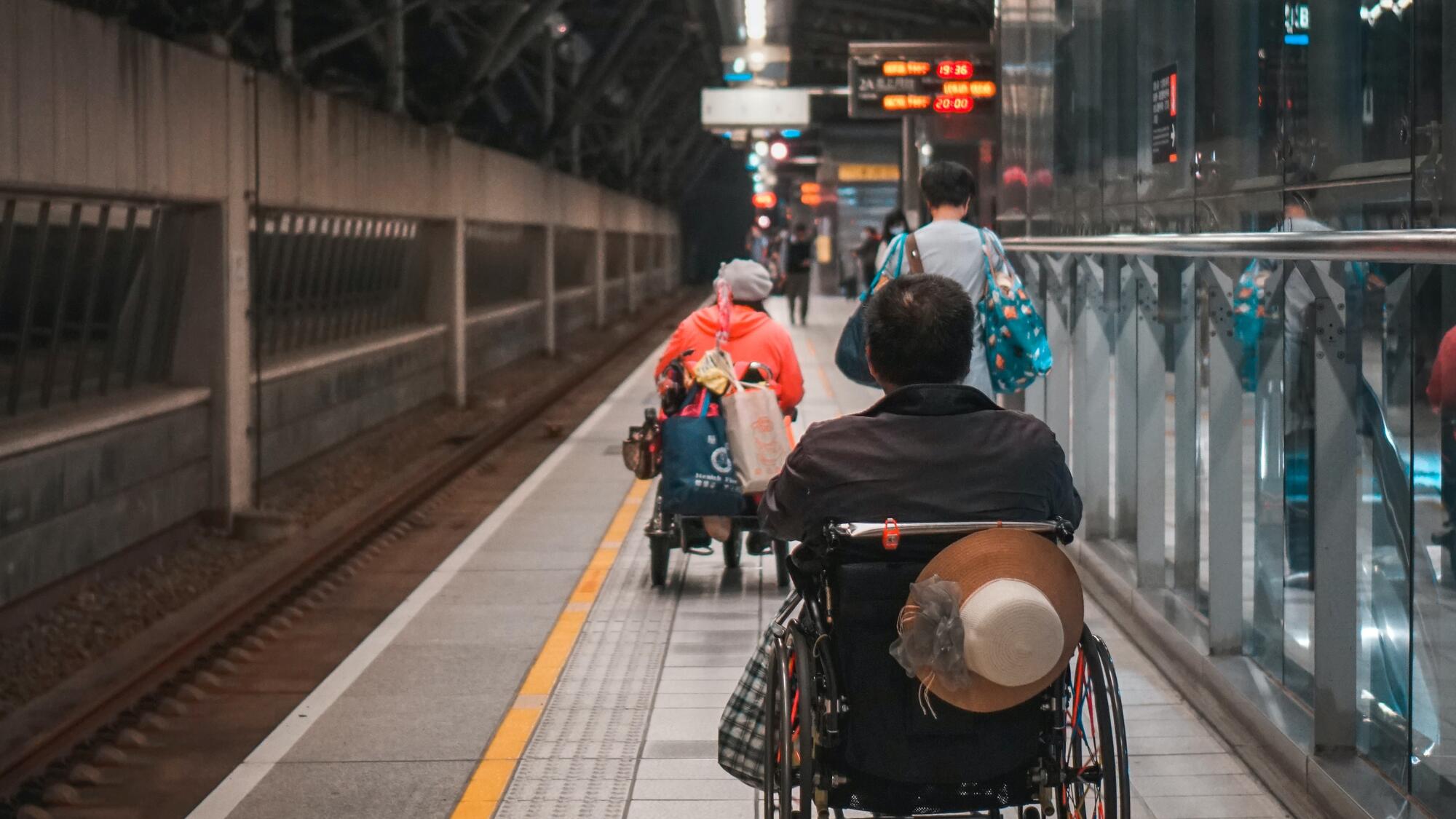- November 16, 2020
- Mobility
Cities across the world are adapting to life under COVID-19 lockdowns and trying to mitigate a second (or third) wave of infections during reopenings. One area that has been seriously impacted is mobility; as entire cities shut down in the early days of the pandemic, air pollution drastically improved as commuting and trips abruptly came to a halt. Public transit ridership plunged as residents stayed home and avoided crowded public spaces.
Even as cities cautiously reopen, the mobility landscape seems irreparably changed; remote work is becoming an accepted new norm for major companies, many schools are using a remote learning model, and transportation departments are struggling with unprecedented revenue losses. Additionally, many cities are trying to address the racial divide in public transit usage. Even before the pandemic, riders were more likely to be people of color; now, studies are pointing to that discrepancy as a possible factor in the higher rates of COVID-19 among Black Americans.
Below are examples from three different cities that are innovating in the local mobility landscape to meet the needs of riders of color and to adjust to the “new normal.”
In December 2019, the city of Birmingham, Alabama began the Birmingham On-Demand transit service; originally a pilot program, this was an experiment to meet the transit needs of city residents who otherwise didn’t have reliable ways of commuting to work, getting to medical appointments, or going shopping. Partnering with the mobility company Via and the Community Foundation of Greater Birmingham, the city wanted residents to be only a phone call or click away from cheap reliable rides.
After the initial program success, and facing the realities of COVID-19, the city extended the pilot program to continue to support city residents. At a flat rate of $1.50 for a shared ride, the service opens up areas of the city that are transit deserts, which is why studies have shown that on-demand transit is an essential tool for equity. The Birmingham On-Demand service also uses accessible vans, which means that residents who need disability-friendly rides can more easily navigate the city. Lastly, there is an economic development aspect to the program, as all the drivers are local residents.
The Long Island Railroad (LIRR), which is managed by New York’s Metropolitan Transit Authority (MTA), is using data and technology to make train riding safer during the pandemic. Through the brand-new TrainTime app, riders will be able to see how crowded trains are in real time, and make informed decisions about where and when to board. TrainTime was built by LIRR staff and relies on data from pre-existing pressure transducers (which monitor train car weight), infrared sensors at train doors, and station security cameras.
Millions of people in the New York City metro area use MTA services daily; pre-COVID, this number was even higher. For many people, especially those with essential jobs, the MTA’s reduction of service in March made it more difficult to keep a safe distance on buses and trains; this appeared to particularly negatively impact people of color. While this app is currently only available for the LIRR, it’s an important step in the right direction for the MTA and will hopefully be rolled out for all services.
Chicago, Illinois just published its first-ever Equitable Transit-Oriented Development policy plan, which rethinks the transit landscape through a racial and environmental justice lens. In Chicago, as in many cities, Black communities are disproportionately contracting and dying of COVID-19. This spring, the city tried to address the fact that low rates of car ownership forced many Black Chicagoans to crowd onto buses and trains by running buses more frequently in neighborhoods of color, in an attempt to help those communities physically distance during trips. After a summer of national protests over racism and persistent COVID-19 infections across the country, the City of Chicago released its new equitable development plan.
The city government defines Equitable Transit-Oriented Development (e-TOD) as a way to ensure that people of all incomes, races, genders, and immigration status can benefit from “dense, mixed-use, pedestrian-oriented development near transit hubs.” The communities will be closely involved in decision making, and affordable housing, public health clinics, and environmental sustainability are going to be key factors in deciding how and what to develop near transit hubs.
The impact of the pandemic will be felt for years, in both predictable and unpredictable ways. Coupled with a long-overdue racial reckoning, cities will need to continue innovating to meet the transit needs of residents and support them during such a tumultuous time.





